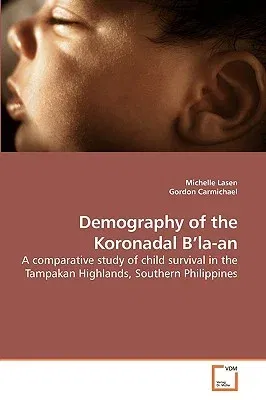Michelle Lasen
(Author)Demography of the Koronadal B'la-anPaperback, 21 March 2010

Qty
1
Turbo
Ships in 2 - 3 days
In Stock
Free Delivery
Cash on Delivery
15 Days
Free Returns
Secure Checkout
Print Length
312 pages
Language
English
Publisher
VDM Verlag
Date Published
21 Mar 2010
ISBN-10
3639227980
ISBN-13
9783639227987
Description
Product Details
Authors:
Book Format:
Paperback
Country of Origin:
US
Date Published:
21 March 2010
Dimensions:
22.86 x
15.24 x
1.78 cm
ISBN-10:
3639227980
ISBN-13:
9783639227987
Language:
English
Location:
Saarbrucken
Pages:
312
Publisher:
Weight:
458.13 gm

